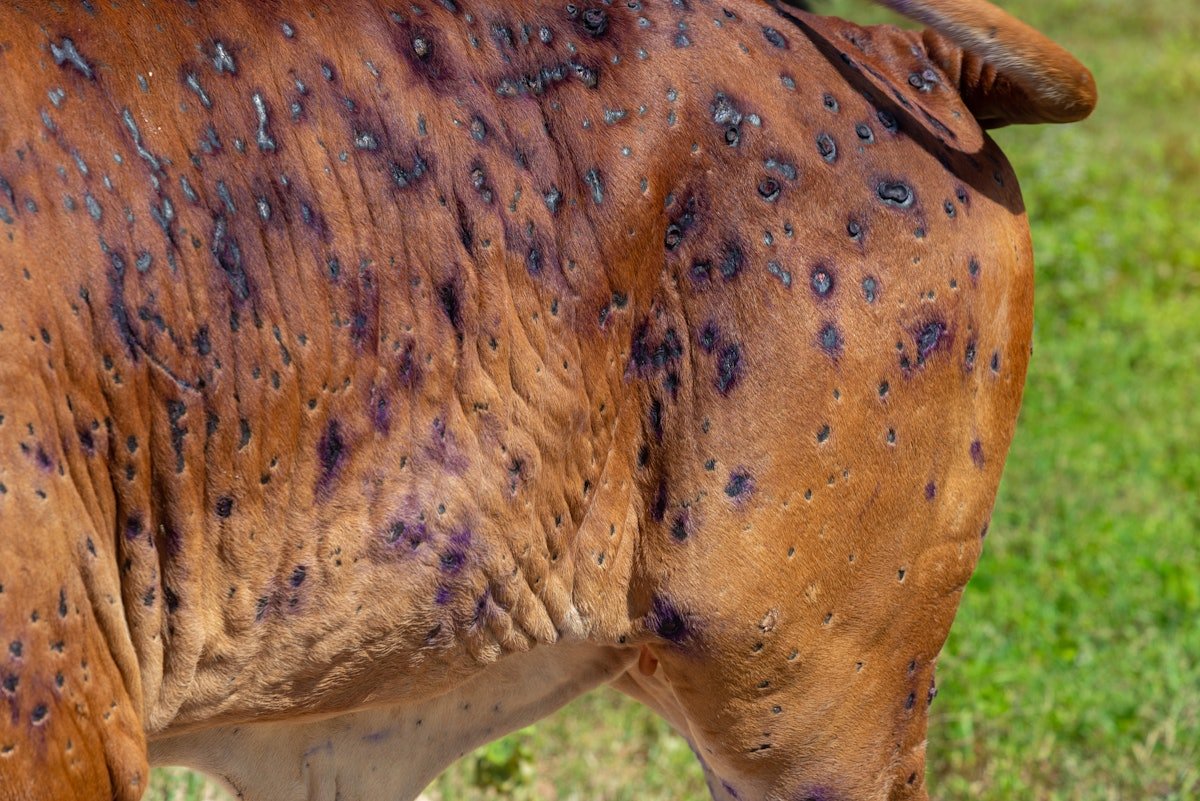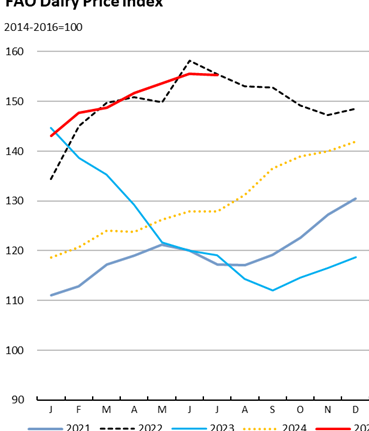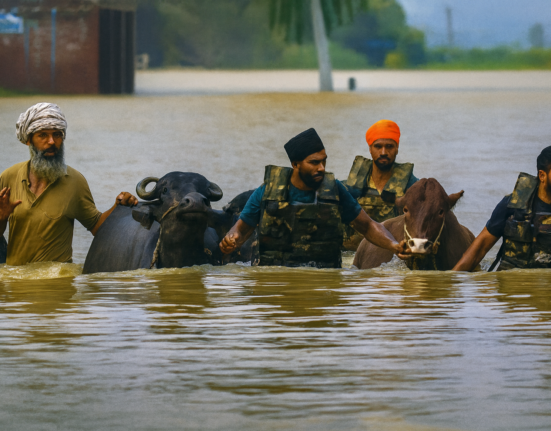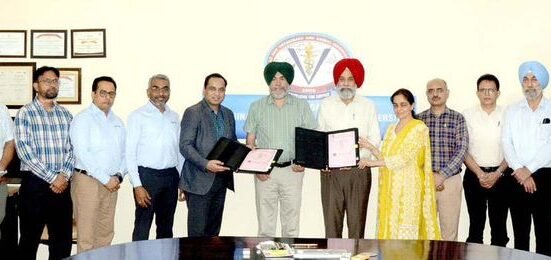India’s dairy sector, which supports over 80 million rural households, is facing an urgent biosecurity crisis. From Foot-and-Mouth Disease (FMD) and Lumpy Skin Disease (LSD) to Brucellosis and Bovine Tuberculosis, outbreaks continue to disrupt milk production, reduce animal productivity, and threaten public health.
Experts say that despite government programmes, poor enforcement of cattle laws, lack of universal tagging, and non-functional quarantine zones are making disease control nearly impossible.
🗣️ “The legislation exists to control stray animals and enforce biosecurity, but we need to get the basics right before we can go any further,” says Jan Nel, a biosecurity officer with 37 years of experience in veterinary enforcement.
📊 Recent Outbreaks: Lumpy Skin Disease (LSD) and Foot-and-Mouth Disease (FMD) in India (July–September 2025)
| State/Region | Disease | Cases Reported | Deaths | Vaccination / Action Taken | Source |
|---|---|---|---|---|---|
| Nagpur (Maharashtra) | Lumpy Skin Disease | 376 cases | 18 | 1.3 million cattle vaccinated in affected zones | TOI |
| Gujarat (11 districts) | Lumpy Skin Disease | 355 cases | 8 | Early detection via milk testing; 6.29 lakh cattle vaccinated | TOI |
| Solapur, Jalgaon, Ahilyanagar (Maharashtra) | Lumpy Skin Disease | 4,800+ cases | 154+ | Cattle movement bans imposed; vaccination drives ongoing | TOI |
| Pune (Maharashtra) | Lumpy Skin Disease | 906 cases | 15 | Ring vaccination, vector control, and restricted zones in 9 talukas | TOI |
| Akola (Maharashtra) | Lumpy Skin Disease | Not disclosed | Not disclosed | Declared quarantine zones; banned cattle fairs; goatpox vaccination within 5 km radius | WRLFMD |
| Pune Zoo (Maharashtra) | Foot-and-Mouth Disease | 15 spotted deer (wildlife) | 15 | Veterinary investigation; enclosure redesign and access control | TOI |
| Bandipora (Jammu & Kashmir) | Foot-and-Mouth Disease | Multiple (exact not listed) | Not specified | Local containment efforts; awareness campaigns initiated | WRLFMD |
🔍 Beyond the Outbreaks: Why India Struggles with Biosecurity
These outbreaks aren’t isolated — they’re a symptom of deeper structural failures:
- Unidentified and stray animals: Most rural cattle are not tagged or branded, making traceability impossible during outbreaks.
- Non-functional quarantine impoundments: Few districts have working facilities to isolate infected or suspected animals.
- Budget constraints: Holding 50 animals for 60 days can cost ₹6–10 lakh. District veterinary budgets often don’t exceed ₹3–5 lakh annually.
- Security risks: Stockyard operators face threats, theft, and long delays in government reimbursements—many are shutting down operations.
🗣️ “Stray and untagged cattle are silent carriers. We cannot vaccinate our way out of this without traceability and enforcement,” says a senior veterinary officer in Punjab.







